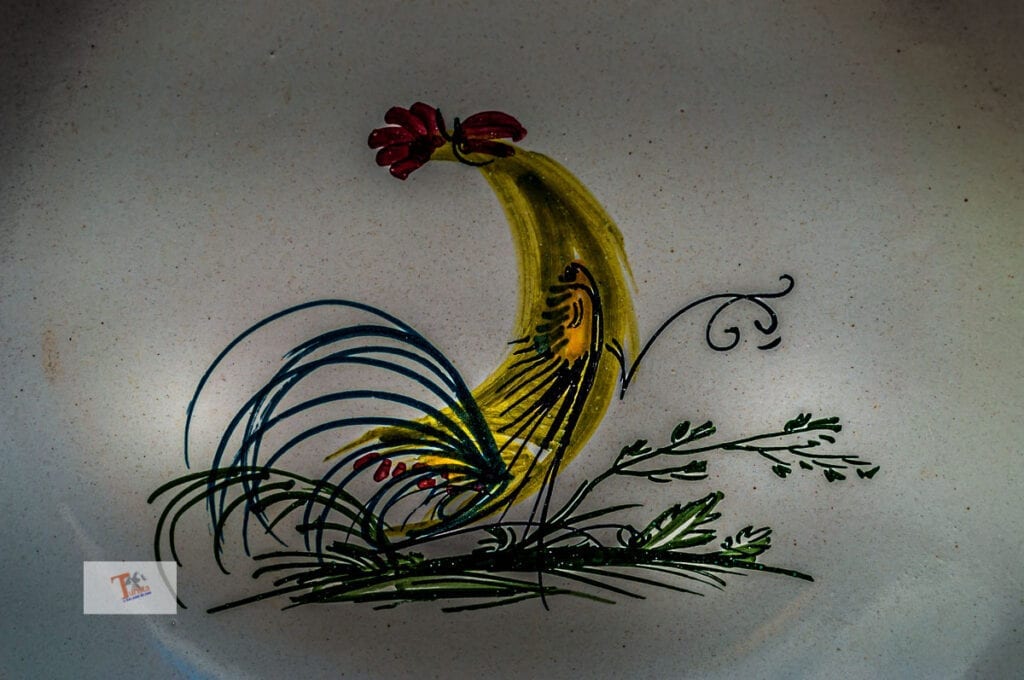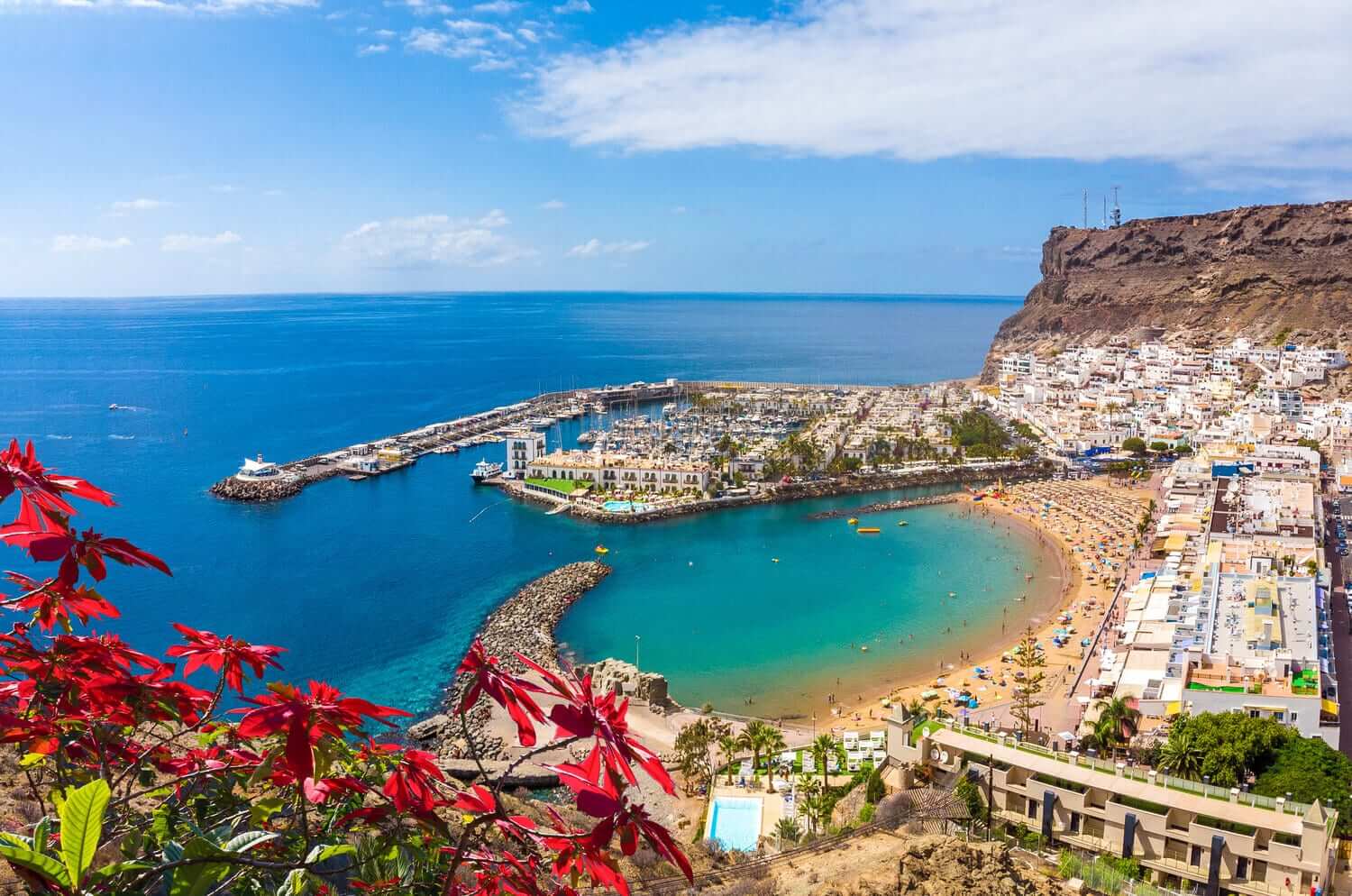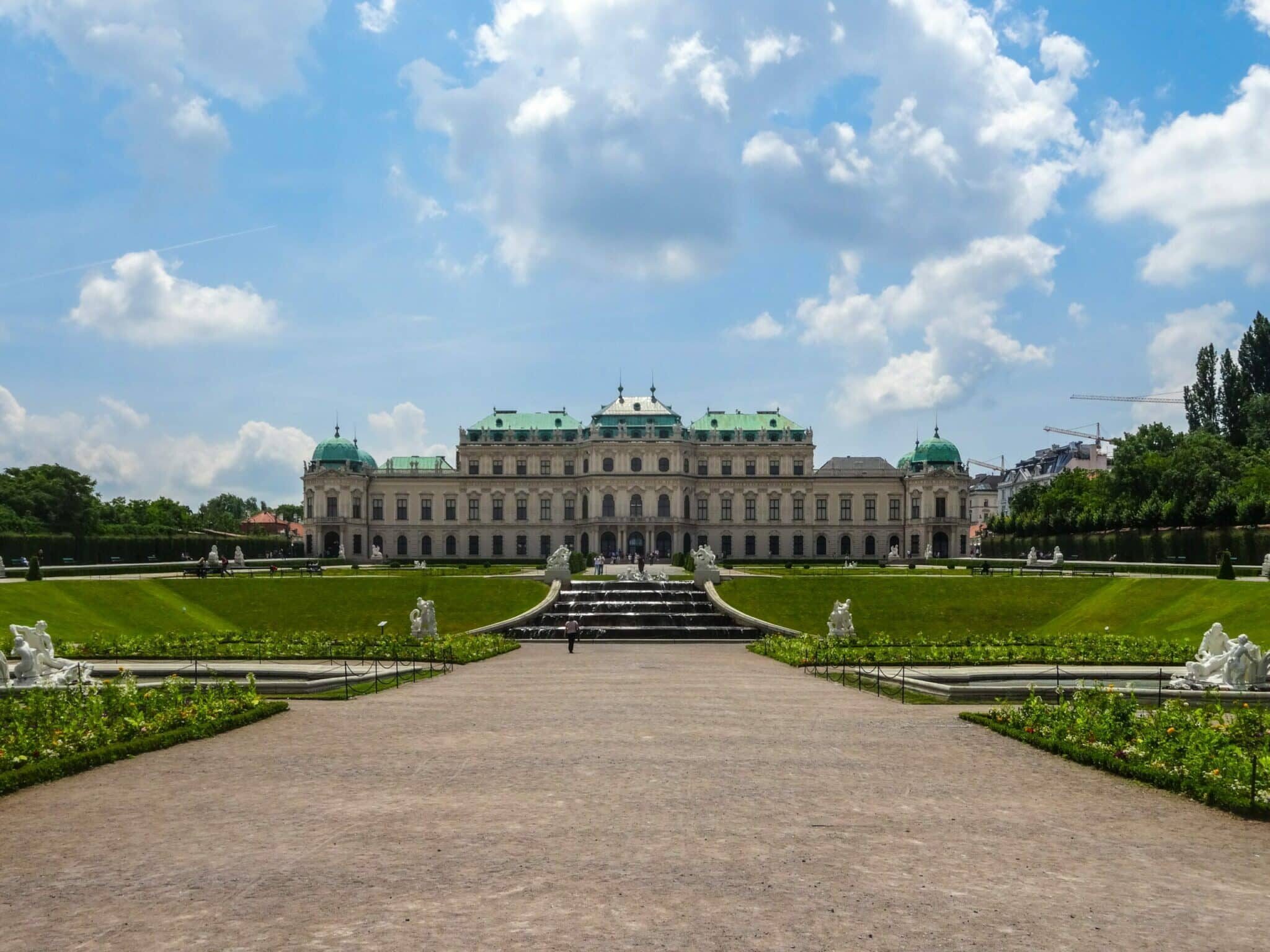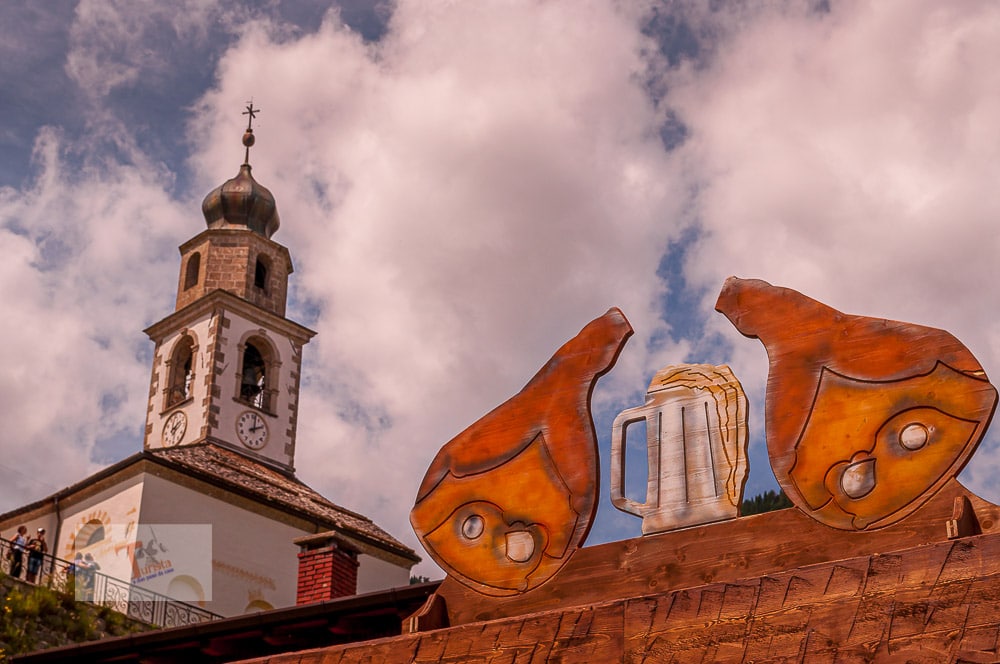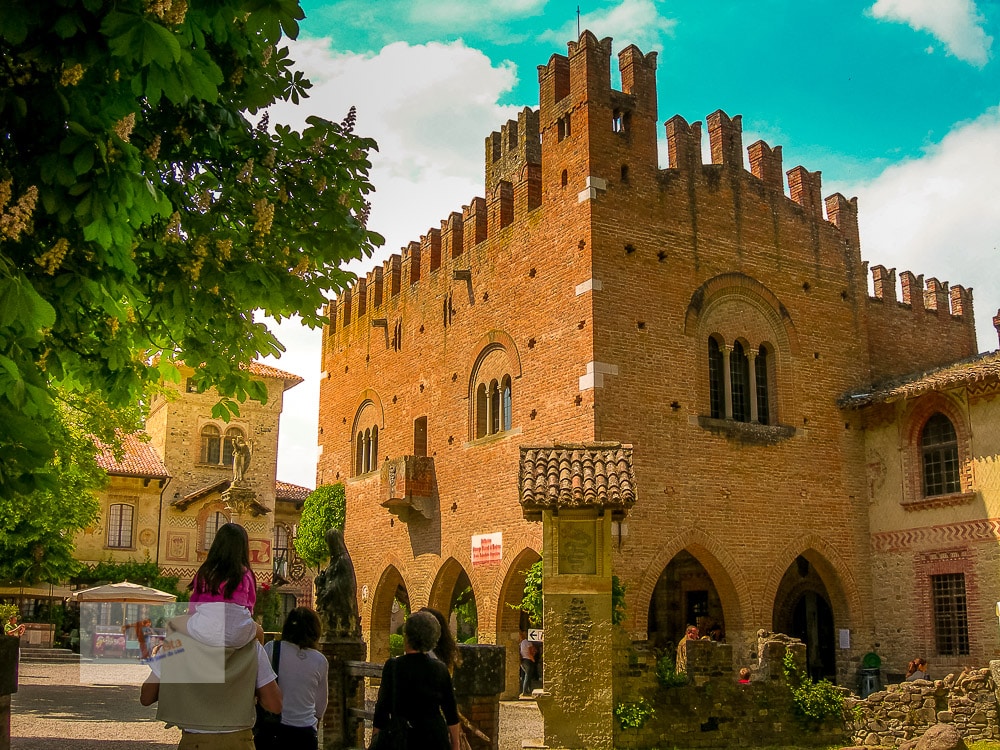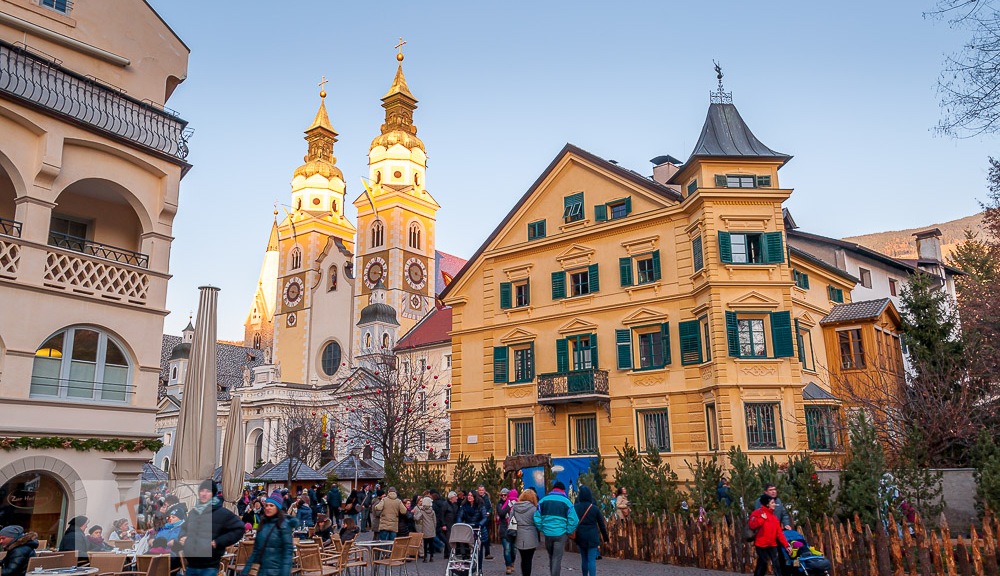A small, but interesting starting point for excursions and ascents to the Gran Sasso, Castelli, in the province of Teramo, Castelli, is also known for Abruzzo’s painted pottery, a practice begun here, perhaps by Benedictine monks.
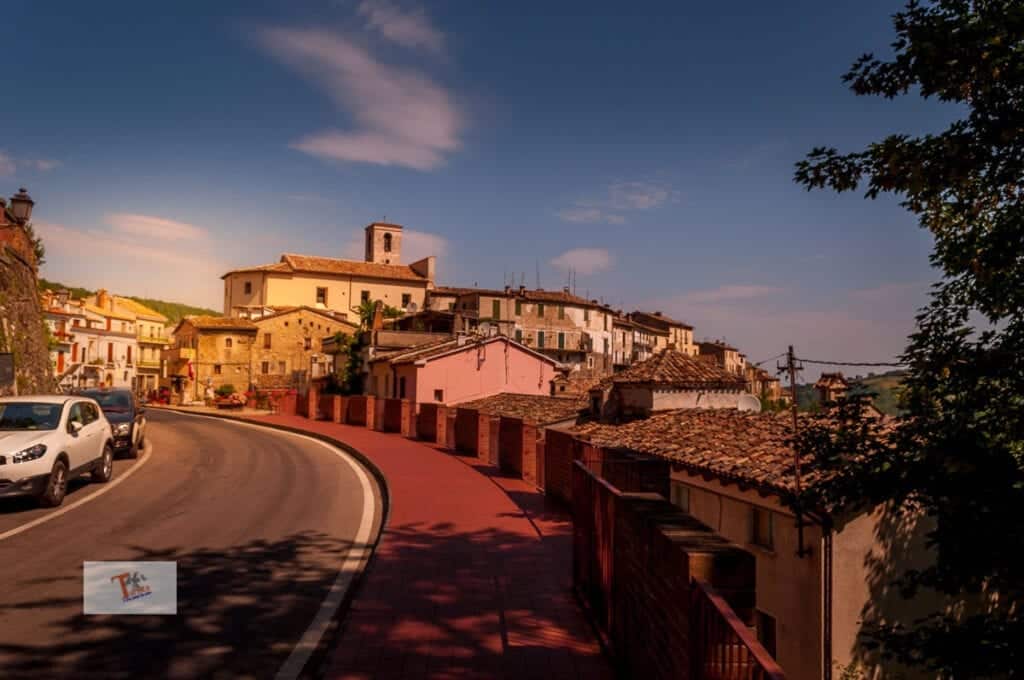
This place, with obscure, as well as ancient origins, which connects it to other places in the Sicilian Valley, is perched on top of an overhang and is formed by a handful of houses enclosed around the historic center that still shows the signs of the earthquake that struck the area of L’Aquila on 6 April 2009. But this was not the only telluric event for the town for the Teramo area. The town was also damaged by the earthquake of 1703. Castelli has always survived natural events.
The production of ceramics
Castelli has a particularity that makes it interesting, the village has been known for centuries for the production and marketing of clay products and for its polychrome majolica. Several dynasties of master potters worked here. Between the sixteenth and seventeenth centuries the Grue, the Gentiles lived and worked here, while in the 60s of the last century the professional institute of art was established in the former Franciscan convent to keep this ancient tradition alive. Even today, walking through the streets of the center you can admire the workshops of the artisans and often it happens to see them also at work in their workshops. The oldest inhabited area of Castelli converges towards the central square, overlooked by the Municipality building and the parish church of San Giovanni Battista.
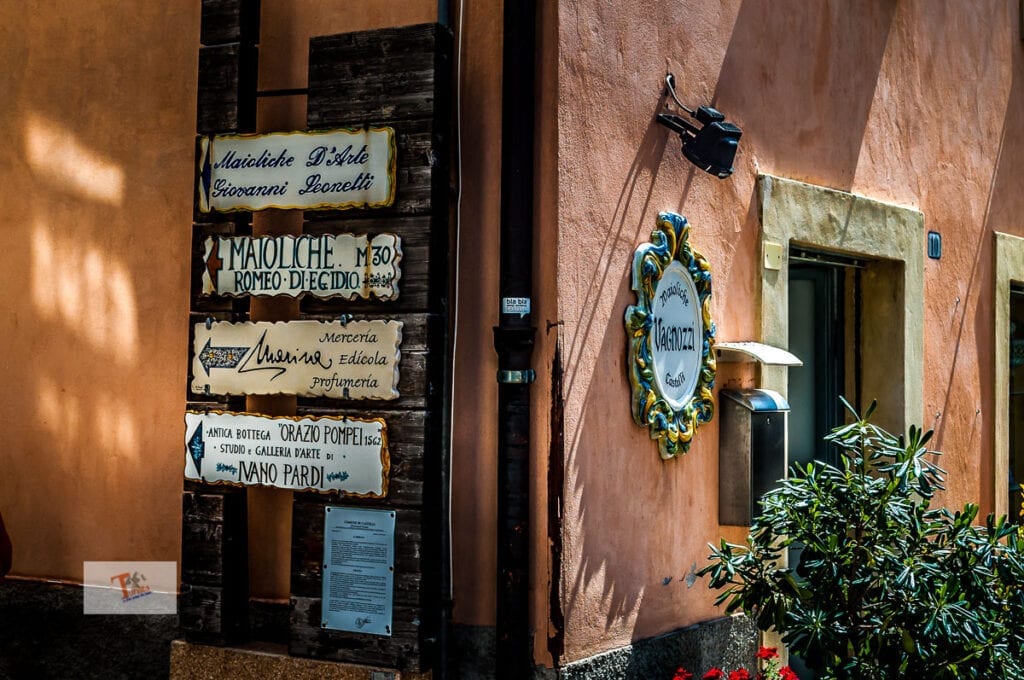
Around the village of Castelli
Built at the end of the sixteenth century, the church of San Giovanni Battista has a Renaissance style. The interior has three naves and the most valuable element preserved is the wooden statue of the Madonna and Child, tied to a Romanesque ambo, coming from the monastery of San Salvatore, a building that was destroyed. The statue dating from the thirteenth century was made following the French cultural matrix from the Cathedral of Chartres. Wandering through the city streets of Castelli you arrive at the Belvedere in the main square, from where the splendid profile of the Gran Sasso appears in all its grandeur and from where the streets branch off towards the city districts and the homes of important local potters.
The church of San Donato
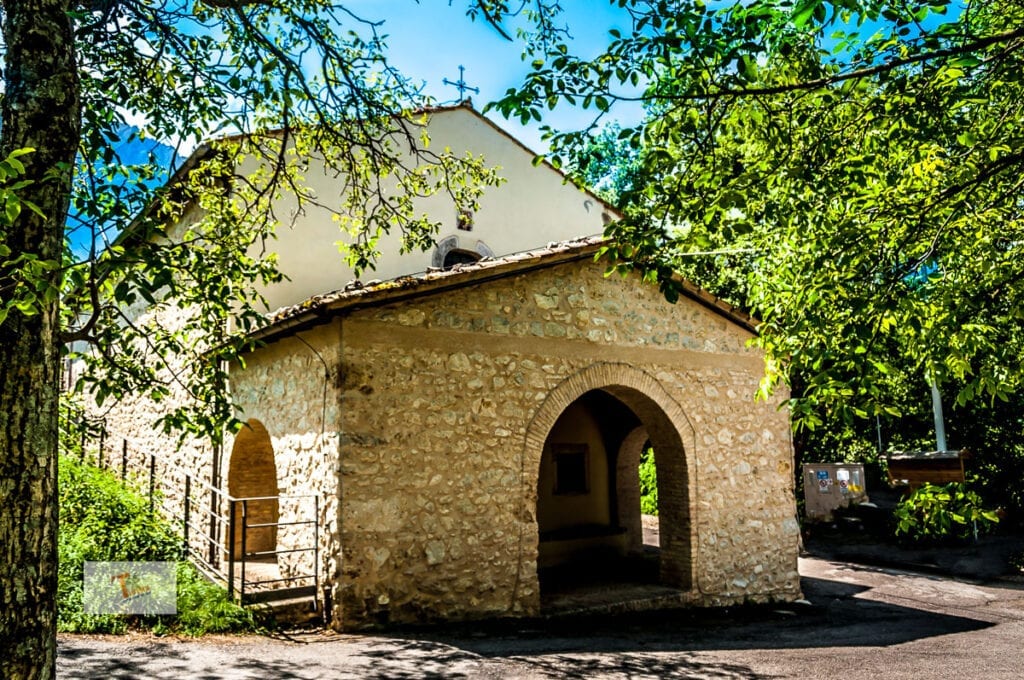
Just outside the town of Castelli stands the church of San Donato, a seventeenth-century building that Carlo Levi called “the Sistine chapel of majolica” for its marvelous majolica ceiling, unique in Italy. A small church that is worth visiting, as long as it is open. Otherwise, we will be able to see its splendid ceiling from the windows. In a place where almost the whole town is dedicated to ceramics, a museum of ceramics could not be missing, which is housed in the Franciscan convent of the Observant Friars Minor.
How do I get to Castelli?
Castelli can be reached by car either from the A14 motorway (Giulianova – Teramo and Roseto Degli Abruzzi exit) or from the A24 motorway (Colledara – San Gabriele exit). This town in the province of Teramo can also be found by following the scenic foothills road that connects Castelli with Campo Imperatore, Rigopiano, Farindola, Penne.

